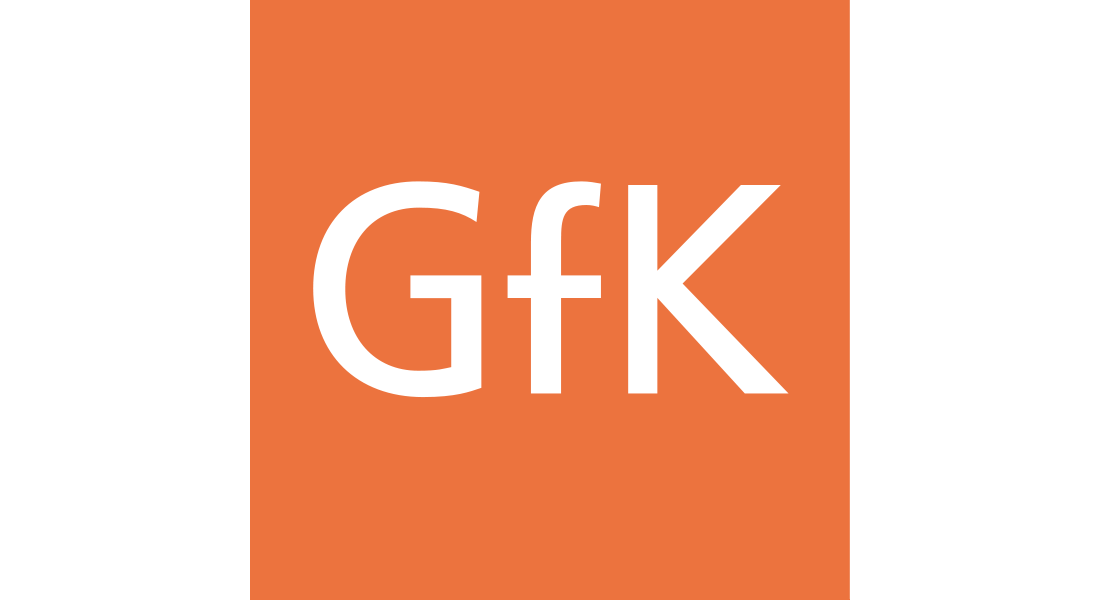A l’occasion du Mobile World Congress 2013 qui a ouvert ses portes hier à Barcelone, l’institut d’études de marché et d’audit marketing, GfK a publié une analyse pour le marché mondial de la téléphonie mobile en 2012 et les tendances 2013. Celui-ci nous informe par exemple qu’en 2012, la demande a soutenu la croissance des Smartphones : plus de 720 millions d’exemplaires, soit une augmentation des quantités de + 56 %. Dans le même temps, les ventes de téléphones mobiles classiques ont accusé un fort repli à deux chiffres : 14 % , soit l’équivalent de 886 millions d’exemplaires vendus.
Si le marché des Smartphones se porte bien en Europe avec une augmentation des ventes de + 34 %, il a littéralement bondi de + 133 % en Asie (la zone Chine, Hong-Kong et Taiwan). Sur l’ensemble de l’année 2012, environ deux tiers des téléphones vendus dans la région étaient des smartphones.
Avec ces mesures de ventes réelles, GfK a extrait le prix de vente moyen d’un Smartphone à 285 €. Le marché est ainsi porté par les références vendues en Chine à moins de 100 € et les références haut de gamme qui coûtent plus de 400 €. En revanche, la part des appareils commercialisés entre 200 et 400 € diminue puisqu’ils ne représentent plus que 20 % des ventes.
Côté fonctions, si la taille de l’appareil (écran et épaisseur) et l’appareil photo intégré continuent d’être des facteurs déterminants pour le choix, les consommateurs cherchent de plus en plus des appareils compatibles avec les nouvelles normes de réseau (LTE/4G) et d’usages (NFC).
Voici l’analyse complète de GfK en Anglais sur le marché de la téléphonie mobile en 2012 :
» Global demand for mobile phones increased significantly in 2012. Last year, a greater number of smartphones than standard mobile phones were sold in the Christmas trading period for the first time. This positive trend is attributable to smartphone prices being increasingly attractive. A range of new premium features are also stimulating sales for devices in the mid and top price ranges. These are findings on the telecommunications market put together by GfK for the Mobile World Congress 2013 in Barcelona, Spain.
In 2012, demand for smartphones increased globally by 56 percent to 720 million devices. At the same time, the market for standard mobile phones diminished by 14 percent to 886 million. Ultimately, however, overall sales of mobile phones by retailers increased on the previous year’s figure by 7 percent.
Demand for smartphones is rising sharply in China, in particular. In 2012, the year-on-year rise in sales was 34 percent in Europe, while in Greater China (China, Hong Kong and Taiwan), sales shot up by 133 percent. For the year as a whole, two out of every three phones sold in the Chinese region were therefore smartphones. The Chinese market is not only recording the greatest growth rates, it also has the highest share of smartphones in the overall market for mobile phones. In contrast, only around 50 percent of all mobile phone sales in Europe are attributable to smartphones. Standard mobile phones continue to dominate in Latin America, the Middle East and Africa.
Price portfolio polarized
In general, the price of smartphones does not seem to be falling significantly. The average price based on unsubsidized sales prices has remained largely stable for this device category, at approximately €285. Shifts apparent at global level are as a result of a larger share of demand on the Chinese market being below the €100-mark than in all other markets. The significance of China is rising. At the same time, demand for more expensive devices costing €400+ remains high, maintaining a 25 percent share of overall demand and growing at a similar rate to the overall market. In contrast, sales of devices costing between €200 and €400 lose importance. At the end of the year, they only made up a 20 percent share, down from 34 percent in the first quarter.
Shape: larger and slimmer
There are clear trends in the shape of smartphones. They are becoming larger and slimmer. Worldwide, the share of devices with a screen size of at least 3.8 inches increased considerably. At the beginning of 2012, only one in four devices in Europe had screens this size. By the fourth quarter, larger screens could be found on every second smartphone. One in six mobile phones sold in the Christmas trading period even had a screen which was larger than 4.8 inches. One in two smartphones now also have a slimmer design. The increasing size is compensated for to some extent by the devices being less than 10mm thick, which means they are barely noticeable in jacket pockets.
Significant increase in demand for LTE and NFC-enabled devices
Demand for LTE smartphones, which support the new high-speed standard, naturally depends on the presence of appropriate networks in the respective markets. As a result, there are great variations. With a 65 percent share each, South Korea and Japan are out in front, followed by Europe with 16 percent and the USA, but in other regions the share is currently still almost zero. In contrast, the popularity of smartphones with NFC, the new standard for wireless data transfer, is equally high across all regions. In Africa, 30 percent of all smartphones are equipped with NFC, which is in fact even a slightly greater share than in Europe, at 26 percent.
Camera function being upgraded
Today, all smartphones have an integrated camera and for the majority of devices, this function is of an extremely high standard. Of all devices sold on the global market, 55 percent offer a resolution of 5 megapixels or more. A further function which is increasingly common for smartphones is the possibility to record videos in high definition quality. Development in this regard is extremely dynamic. In Europe, the pioneering region, four in ten devices had this technology in the fourth quarter of 2012, while this was only the case for 10 percent of devices one year earlier.
Operating system: trend towards greater variety
Diverging trends are evident when it comes to operating systems. On the one hand, Android clearly developed its leading position as the dominant open-source operating system. Two in three smartphones which are sold worldwide operate with this system. On the other hand, major efforts are being made to create greater variety. Alongside re-launches of established systems such as BlackBerry and Windows Phone, a number of new players are also becoming active in this segment. This means that more options will be available to customers in future.
Market Outlook
For 2013, GfK forecasts total mobile phone market unit growth at a similar level to 2012, with very strong growth in smartphone unit sales continuing and more than offsetting a further decline in traditional mobile phones. Smartphone growth will increasingly be driven by more widespread availability of models priced below €200, particularly in China and emerging markets. Although these markets will remain the main drivers of the global market, developed markets will contribute with double-digit unit growth driven by further smartphone penetration.
The method
Through its telecoms retail panel, GfK regularly collects data on mobile phones and landline telephones, tablets, mobile broadband dongles, mobile phone accessories, radio devices and phone tariffs in more than 90 countries around the world. This analysis is based on information on the global development of the mobile phone market in 2012 as a whole. «



